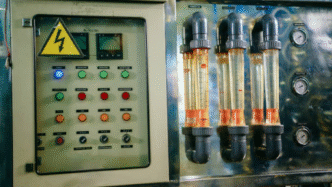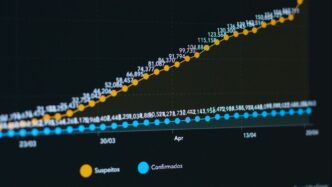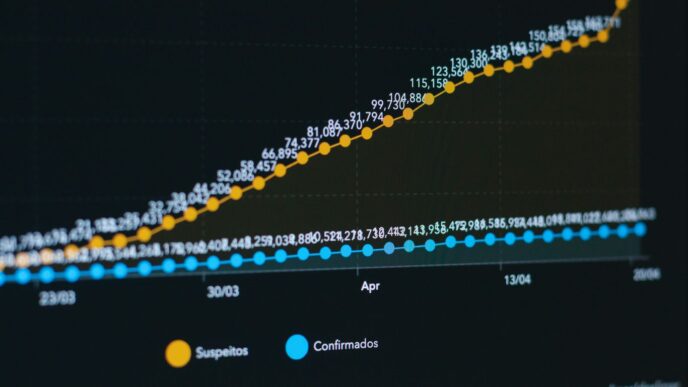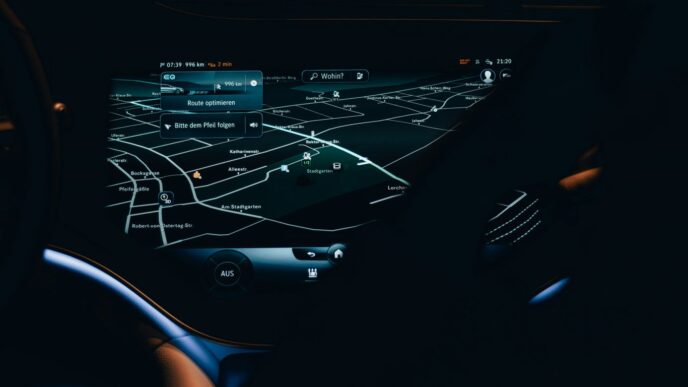Global demand for sustainable and energy-efficient water treatment technologies is propelling the Electrodialysis Reversal (EDR) System Market into a new phase of expansion.
The Electrodialysis Reversal (EDR) System Market has been gaining significant traction in recent years, driven by the growing emphasis on water reuse, desalination, and industrial wastewater treatment. As water scarcity intensifies worldwide and industries face stringent regulations, EDR systems are emerging as a reliable solution for producing clean, safe, and cost-effective water.
Introduction
Electrodialysis reversal (EDR) is a membrane-based water purification technology that works by applying an electric current to move salts and ions across ion-exchange membranes. Unlike traditional electrodialysis, the polarity of the electrodes in EDR systems is periodically reversed, which helps reduce scaling, fouling, and the need for chemical cleaning.
This unique capability makes EDR highly suitable for brackish water desalination, municipal water supply, and industrial applications, where consistent water quality and operational reliability are essential. The market outlook for EDR systems is promising, as governments, municipalities, and private industries are increasingly investing in advanced water treatment infrastructure.
Market Drivers
- Rising Water Scarcity Concerns
According to the United Nations, nearly 2 billion people globally experience high water stress. This is pushing municipalities and industries toward technologies like EDR that provide sustainable water recovery and reuse. - Growing Industrial Wastewater Treatment Needs
Industrial sectors such as power generation, pharmaceuticals, food & beverage, and chemicals are under pressure to meet environmental discharge standards. EDR systems help recycle wastewater streams while lowering operational costs. - Advancements in Membrane Technology
Continuous improvements in ion-exchange membranes and system automation are enhancing the efficiency, durability, and energy savings of EDR systems, making them more attractive compared to conventional processes. - Government Support and Regulations
Governments worldwide are implementing stricter water quality regulations and supporting investments in advanced desalination projects, providing a favorable policy environment for EDR adoption.
Market Restraints
While growth prospects are strong, the EDR market faces certain challenges:
- High Initial Investment Costs: Installation and setup of EDR systems require significant capital, which can be a barrier for small-scale operators.
- Limited Awareness in Emerging Markets: Despite its advantages, awareness about EDR technology remains relatively low in developing regions compared to reverse osmosis (RO).
- Competition from Alternative Technologies: RO and ultrafiltration (UF) are well-established and often preferred due to their lower upfront costs, though EDR offers long-term operational benefits.
Market Opportunities
- Expansion in Asia-Pacific and Middle East
Rapid urbanization, industrialization, and acute water scarcity in countries such as India, China, and Saudi Arabia are creating significant opportunities for EDR system providers. - Integration with Renewable Energy
Combining EDR systems with renewable energy sources like solar or wind power can further reduce operational costs and carbon footprints, aligning with global sustainability goals. - Municipal Water Reuse Projects
Increasing adoption of water recycling and reuse programs, especially in North America and Europe, is expected to open new avenues for market growth.
Regional Insights
- North America: A mature market driven by municipal water reuse projects, strict regulatory frameworks, and significant R&D investments.
- Europe: Growth led by stringent EU water directives and increasing emphasis on sustainable industrial water management.
- Asia-Pacific: Expected to register the fastest growth due to rising demand for clean water in rapidly urbanizing regions and expanding industrial sectors.
- Middle East & Africa: Major demand from desalination projects and government initiatives to address chronic water shortages.
- Latin America: Emerging opportunities in agriculture irrigation and industrial wastewater treatment applications.
Recent Developments
- Leading players are investing heavily in next-generation ion-exchange membranes with enhanced durability and performance.
- Several collaborations between water utilities and technology providers have been announced to accelerate adoption of EDR in municipal projects.
- Pilot projects are being launched in water-stressed regions to test the scalability and cost-effectiveness of EDR systems.
Key Players
The global EDR system market features both multinational corporations and specialized technology providers. Some prominent companies include:
- Veolia Water Technologies
- SUEZ Water Technologies & Solutions
- Evoqua Water Technologies
- Magna Imperio Systems
- GE Water & Process Technologies
- PCCell GmbH
These players are focusing on product innovation, strategic partnerships, and geographical expansion to strengthen their market presence.
Analyst View
The electrodialysis reversal system market is at a turning point. With global water demand projected to increase by 30% by 2050, technologies that offer cost-effective desalination and wastewater reuse are expected to dominate the water treatment landscape. EDR systems, with their ability to minimize fouling, reduce chemical usage, and deliver reliable performance, are set to play a crucial role.
Analysts predict that the market will witness steady growth, with Asia-Pacific and the Middle East emerging as hotspots, while North America and Europe maintain steady adoption rates driven by regulatory compliance and sustainability goals.
📌 “Get a free sample copy of the Electrodialysis Reversal (EDR) System Market Report for detailed insights and analysis:
https://www.prophecymarketinsights.com/market_insight/Insight/request-sample/2715
Conclusion
The Electrodialysis Reversal System Market is on a growth trajectory, fueled by rising water scarcity, stringent environmental regulations, and technological advancements. While challenges such as high initial costs and competition from alternative technologies persist, the long-term benefits of EDR—such as reduced maintenance, lower chemical use, and reliable water recovery—position it as a critical solution for the future of global water management.
As industries and governments continue to prioritize water security, EDR systems are expected to secure a larger share of the global water treatment market in the coming decade.














